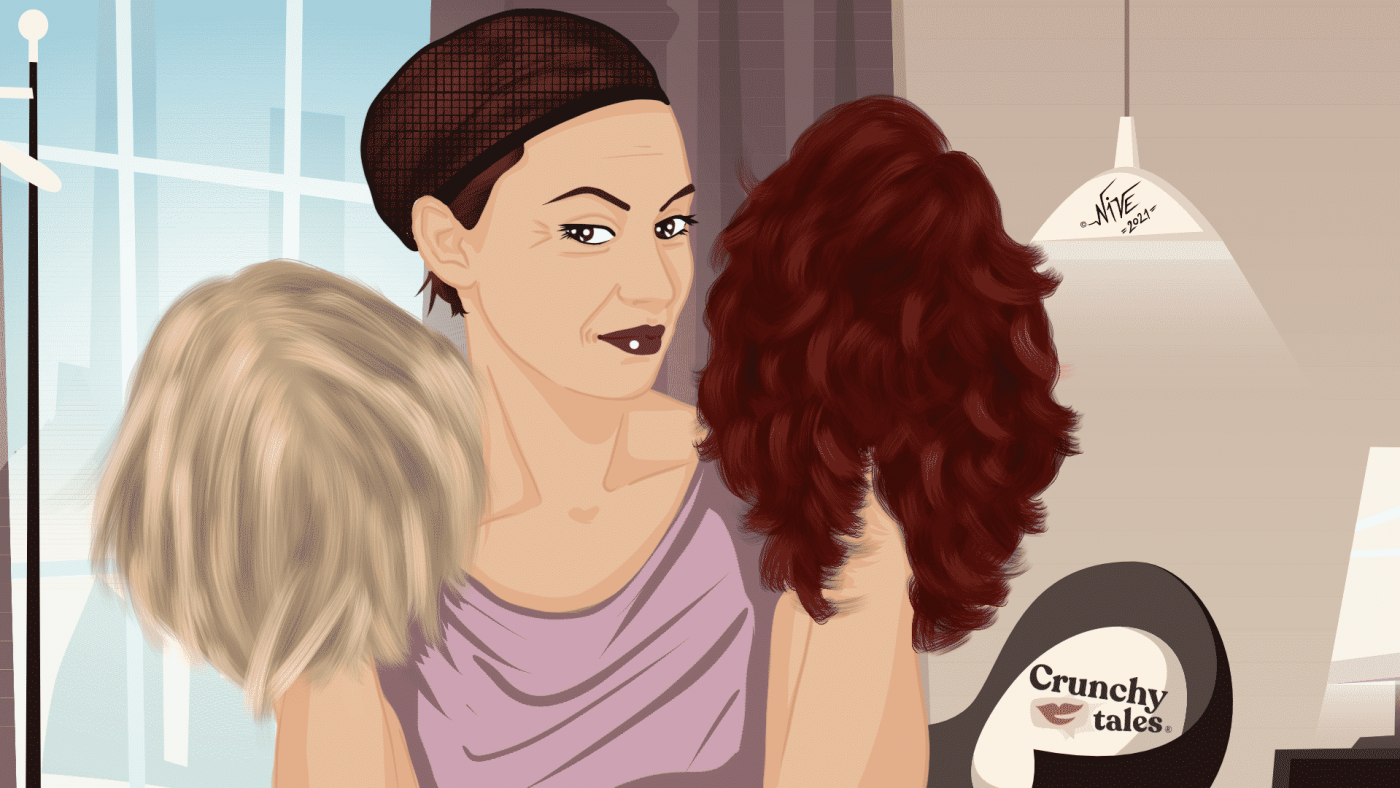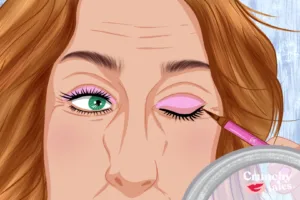Wigs Are Back: Here’s How To Choose The Perfect One
There’s no denying that wigs are having a moment. Thanks largely to greater experimentation among celebrities and increased transparency via social media, as well as improvements in product and application technology, taboos around hairpieces, are disappearing.
Whether it’s for fun, to change their look for a night out or because affected by alopecia, chemotherapy treatment or temporary hair-loss, women over 40 are now open to wearing wigs because it has become another accessory, a statement piece and the alternative to a permanent change. According to ReportLinker, the global wig market is expected to reach revenues of more than $10 billion by 2023, growing at an annual rate of about nine per cent.
No longer burdened with the same sense of shame at the possibility of being “found out”, having a wig can be an exhilarating experience, a choice for midlifers who don’t want to change their hairstyle every day, but also a nice solution when they can’t see their stylist with any regularity.
For many people, hair is inextricably linked to identity. Having a good hair day is more important than you may think – says fashion psychologist Shakaila Forbes Bell-. A study commissioned by Procter & Gamble revealed that being dissatisfied with your hair can lead to increased levels of self-criticism, social insecurities and can even reduce your belief in your ability to achieve personal goals.
Which wig is the right one for me?
We all know the quality of our hair deteriorates over time. It gets rougher, dryer and broken. Wigs are the answer to our problems whilst giving us a bold, signature style, a chance to express ourselves.
Versatile, less expensive than salon visits (only needing to be replaced every six to twelve months), made from human hair (more expensive but good for providing the most natural look) or synthetic fibres (very practical as pre-styled), the wigs of today are not our mother’s ones: hairlines are traced and replicated, textures are matched, and any shade of colour is perfectly reproduced.
But still, choosing the right one might be challenging.
According to Kadeisha Placide, manager and lead stylist at Brooklyn salon Classic Beauty Studio, “some things to look for before buying a wig are virgin unprocessed hair, softness, minimal hair shedding, colour and thermal safe, a transparent and thin lace, and density of 150 to 220 per cent”.
The size of the wig is also important: 13-by-4 is a practical size for a lace frontal and that an average cap size is 22 inches. However, sometimes wigs will come in multiple sizes, so it’s also important to measure our head and make sure we are getting the right one, especially when buying it online.
There is a multitude of wig retailers on the web, RPGShow, Mayvenn, and Hair Stop & Shop are just a few examples. But when it comes to finding the most natural-looking hairpiece, there’s nothing quite like trying it on in person. At wig shops, they’ll properly measure your head, plus you have the luxury of sampling many options before making your selection.
“Full lace wigs and lace front wigs, which have a thin mesh base that lets the scalp breathe, are a lot more comfortable than net or other synthetic materials,” says Claire Flack, director of Wigs and Warpaint in Sheffield to The Guardian. “You put them on and then cut around the hairline, so you can make sure that it blends really well. You can get wigs that use adhesive or tape around the edges, or you can attach them in a similar way to a weave, using micro rings or stitching them in.”
The cost of a wig depends on the features, for example, a good basic one is between $30 – $100, a lace front wig (amongst the most natural-looking) can be between $99 – $399 and human hair wigs are up to $2,000.
If you are ready to invest in a handmade one, know that it comes with built-in lace fronts — providing the appearance of a natural hairline. With “all-directional” parts, it is ultra-comfortable, malleable, with single-knotted lightweight caps and hand-tied strands, giving the illusion of hair growing out of the scalp.
If you don’t feel too daring, then a fake curtain bang would be a great option: worn on the forehead or swept away from the face, it’s a great accessory that is making a comeback. Sassy, centre-parted, long, wispy bangs conveniently allow for different looks depending on one’s mood, while delivering an air of sophistication.
How to look after your wig
Once at home, look after your wig using dry shampoo (for taking any shine off synthetic hair). Also, make sure to use a conditioning spray on the ends of hair to prolong the life of the wig. Lastly, remember that customising your wig is the perfect way to make it look natural. Add hair clips, plait it, braid it, backcomb it – they’re all great ways to make your wig your own.
Like this post? Support Us or Sign up to our newsletter to get more articles like this delivered straight to your inbox!





